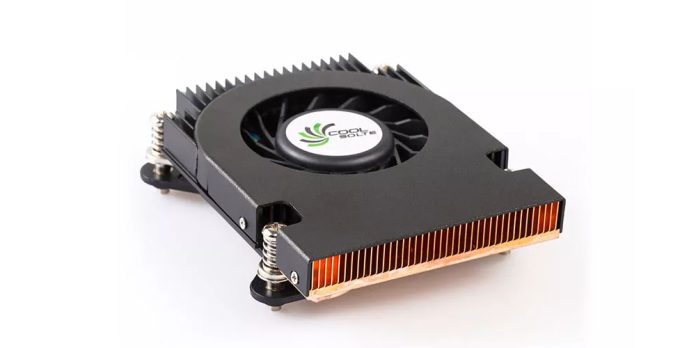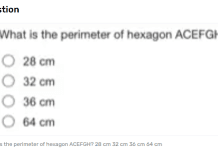In high-power and high-temperature applications, the dissipation of heat is critical to maintaining performance and avoiding component failure. However, off-the-shelf heat sinks are often insufficient to meet the particular requirements of these applications, which is where custom heat sinks come in.
By designing and heatsink manufacturer procedures tailored to the particular application, engineers can improve cooling performance, reduce costs, and achieve greater efficiency.
The Basics of Heat Sinks
Devices called “heat sinks” assist in transferring heat from a heated surface to a cooler medium like air or water. They function by expanding the area that may transmit heat and by enhancing the heat conductivity between a heated surface and a colder medium.
There are numerous kinds of heat sinks, including passive ones that rely on convection or radiation from the environment and active ones that use fans or pumps to boost the flow of air or water.
Custom Heat Sinks
A heat dissipation device that is specially created and designed to satisfy the individual needs of a certain application is known as a custom heat sink. Custom heat sinks, as opposed to off-the-shelf heat sinks that are mass-produced, are made to the unique size, shape, and heat dissipation requirements of the application, improving cooling performance, increasing efficiency, and lowering costs.
The advantages of a custom heat sink over off-the-shelf solutions include:
Improved Cooling Performance
Custom heat sinks can be designed for a particular application, increasing cooling efficiency and extending component life.
Cost-Effectiveness
By reducing the size or weight of the heat sink, or by using alternative materials or manufacturing processes, engineers can often achieve the same or better cooling performance at a lower cost than with off-the-shelf solutions.
Design Flexibility
Custom heat sinks can be made to fit into unusual or difficult areas, giving product designers and optimizers more options. This flexibility enables the heat sink’s performance to be optimized, leading to better cooling performance, increased efficiency, and cost savings.
Material Selection
Engineers can choose the material that best fits the particular requirements of the application since a custom heat sink can be made from a range of materials, including metals, ceramics, and composites.
Thermal Management
Advanced cooling techniques, such as liquid cooling, can be included in custom heat sink designs to enhance thermal management and lower the likelihood of component failure.
High-Power Applications
In high-power applications, such as power electronics, automotive, and aerospace industries, custom heat sinks are critical to maintaining the performance and longevity of components.
The high power densities and heat fluxes involved require heat sinks that are optimized for the specific application, taking into account factors like the size and shape of the component, the operating temperature range, and the cooling medium available.
Engineers were able to reduce the temperature of the LED junction by 40% while utilizing a specially designed heat sink consisting of a high-heat conductivity copper alloy and a liquid cooling system. This led to enhanced performance and a longer lifespan for the LEDs.
High-Temperature Applications
In high-temperature applications, such as industrial and military settings, custom heat sinks are necessary to mitigate the challenges of operating in extreme environments. Materials selection is particularly important in these applications, as standard materials like aluminum or copper may not be suitable for high-temperature environments.
Using heat sinks made of ceramic, which offers great heat resistance and high thermal conductivity, is one way to solve this issue. Diamond-based composites are another strategy; they have significantly better thermal conductivity and can endure temperatures of up to 1000°C.
Conclusion
Since they offer a customized response to the unique heat dissipation requirements of the application, custom heat sinks are vital in high-power and high-temperature applications. Custom heat sinks offer a tailored solution to the heat dissipation challenges faced by high-power and high-temperature applications.
Ultimately, advanced cooling techniques like liquid cooling can be included in specialized heat sinks to enhance thermal management and lower the possibility of component failure.










